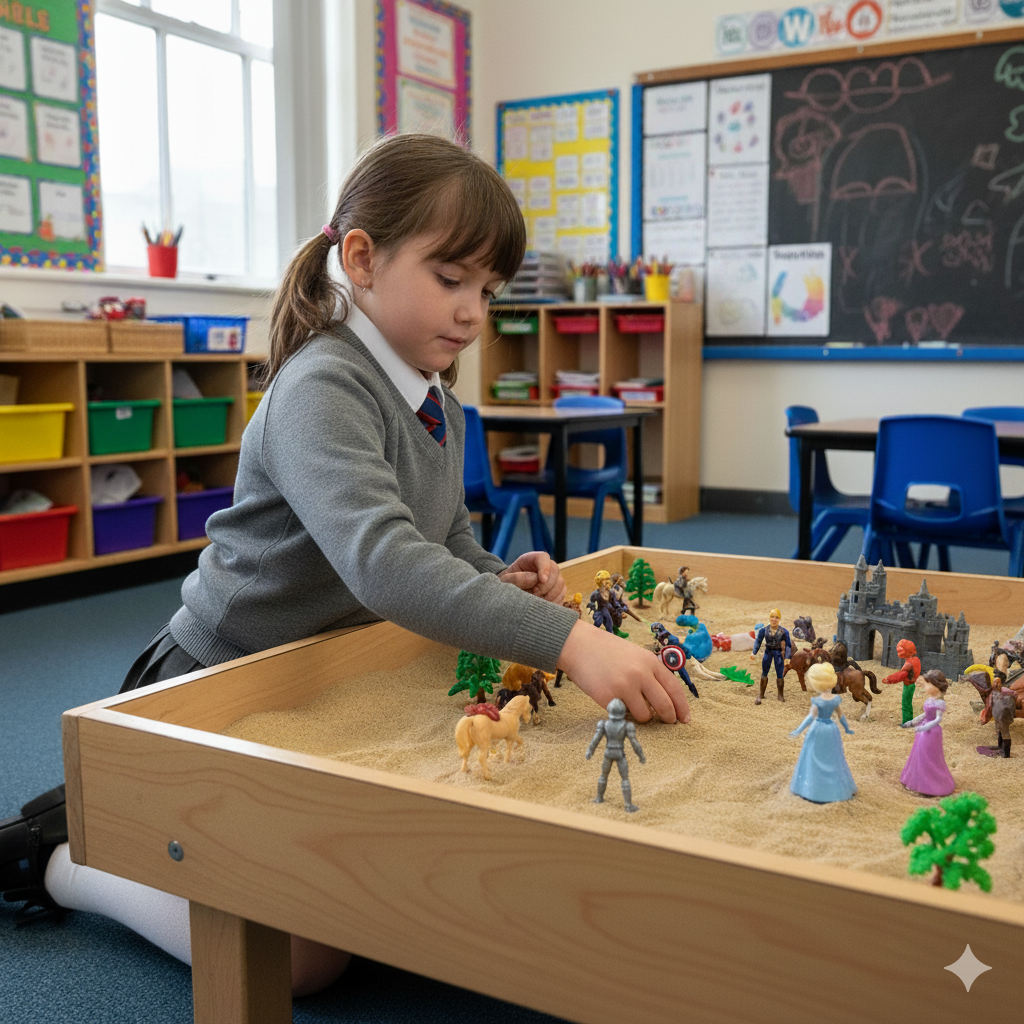
LIFELONG THERAPEUTIC LEARNING:
-
Learn more

Drawing and Talking allows individuals to discover and communicate emotions through a non-directed technique, setting it apart from existing solution-focused and cognitive-based therapies and interventions
Learn more
Creators of a global proactive intervention intended to complement rather than replace the work of Specialist Mental Health Services
Working with vulnerable
-
Courses
Drawing and Talking has proved invaluable with secondary aged students who find it difficult to talk about their emotions.

Our team's commitment to high quality services provides you with peace of mind.
Individuals
Creators of global proactive intervention intended to complement rather than replace the work of Specialist Mental Health Services.
Organisations
In-house training days are the most cost effective way to train groups of 20 or more staff in the Drawing and Talking therapeutic technique. We offer both Zoom and in-person options.
- Blog
-
Practitioners
In our 20-year history, we have built a community of 20,000 Drawing and Talking Practitioners.
Our Drawing and Talking Practitioners are committed to high-quality therapeutic support. Our Accredited Practitioners maintain an active Drawing and Talking Membership, which includes regular CPD and supervision and coaching. This ensures safe, reflective and effective practice.
- Contact us
- Book now
Attachment and Emotional Regulation

Professional Development Newsletter: Issue 2
This week, I would like to share with you another short paper I have spent some time reading.
The impact of attachment insecurity on emotion regulation
McNeil, S. (2012). The impact of attachment insecurity on emotion regulation. Journal of the New Zealand College of Clinical Psychologists, 22(2), 17-19.
“Attachment theory provides a framework for understanding how early relational dynamics with caregivers contributes to emotional stability in adulthood.”
I found it really interesting how Sarah outlines the different styles of attachment and relates these back to the impact on our resilience and ability to emotionally regulate. It is a short and informative piece of writing that also includes some excellent references for those of you who are looking for further reading.
Click here to access the short paper
Now, I invite you to take part in this short exercise:
Can you think of a child in your school who has received intervention after intervention, time and time again.
And everytime you think they’ve made some progress…
Bang.
Your back to square one – and no-one can work out why this keeps happening?
Last week, I spoke about Attachment and the importance of the Therapeutic Relationship. This week, I want us to explore the role secure attachment plays in healing.
Dr Pat Ogden, the Founder of Sensorimotor Psychotherapy says this:
“There’s a lot of literature written about, say, sexual abuse – the first trauma is the actual abuse. The secondary trauma is not having a parent to support you through it. So really, that is almost as traumatising as the trauma itself.”
Research tells us that approximately 55% of the population have a secure attachment and around 45% have an insecure attachment. In the context of a classroom – that’s around 14 children who don’t have a secure attachment figure to support them.
And for those who have suffered a trauma, not having that attachment will have a ongoing detrimental impact on their emotional wellbeing.
Dr Ruth Lanius, a Professor of Psychiatry and the Director of a PTSD Research Unit puts emphasis on the importance of having a secure attachment:
“Having a secure attachment figure is the basis of emotion regulation. If you have that, your capacity to regulate your emotions is going to be much greater.”
Put simply, emotional regulation is the ability to manage your emotional responses to different life situations.
Emotional regulation is important in both children and adults as it helps with resilience (our bouncebackability) and provides us with coping strategies during times of adverse experiences.
Children who can regulate their emotions tend to be more flexible in their thinking and have better focus, impulse control, and problem-solving skills.
It is also a protective factor against depressive symptoms and anxiety disorders.
What do children with poor emotional regulation skills say? Some examples…
- It is difficult to stop doing something when I know I shouldn’t do it.
- People tell me that I get loud and wild when I get excited about something.
- If there are other things going on around me, I find it hard to keep my attention focused on whatever I’m supposed to be doing.
- I become upset when things don’t go my way / the way I am expecting them to.
- When I’m bored, tired or upset I fidget and just can’t sit still.
- It’s hard for me to notice when I’ve had enough (sweets, sugary drinks, etc.).
- I find it difficult to wait.
- I get upset easily and feel like I can’t cope.
- It is difficult for me to control my temper.
Now here’s the thing…
When we identify children who require support with emotional regulation, we use interventions like Restorative Approaches, ELSA or Zones of Regulation to help with this.
While using interventions like these to support children is not wrong, they are usually used at the wrong time.
The core fundamental problem here is that most of the time, we forget or do not understand the need for that secure attachment in their life. Or, in fact, we do understand the need for this, but are unsure of how to put it into practice effectively (so it creates change).
Does this sound familiar to you?
Here is something we have seen working in schools is:
- Class Teacher identifies child as having poor emotional regulation
- Class Teacher refers to SENCo
- SENCo directs Teaching Assistant to deliver an intervention
- Teaching Assistant delivers intervention
- Child makes positive progress
- Child stops receiving intervention
- Child identified as needing further support (again!)
And the loop goes on.
I’m sure you’ve seen that many times before.
The fact of the matter is, unless a secure attachment figure is establish, and the child is allowed to form a secure attachment with them, these cognitive and logic based interventions will not work…
And that’s why techniques like Drawing and Talking work so well, because the individual forms that secure attachment (perhaps the first real secure attachment in their life) and they are able to start to process their emotional pain.
And not only do they create an attachment, but this work also allows them to detach in safe and secure way, where they can experience a positive transition and know that they have the resources they need to survive. It does not create another broken attachment in their life.
The bottom line and the most important point to take away…
While the inner emotional pain still tears a child apart, cognitive and logical (superficial) interventions will not work, they will always regress back to their wounded child state.
Healing and growth cannot take place under these conditions.
This information can help us make sense as to why Drawing and Talking must be the used as the intervention before all of the other techniques in your toolkits, because it allows the safe processing of inner conflict and emotional pain – and works as a great precursor to the other approaches you have available.
I would like you to take some time to think about how you can approach these situations differently looking from a trauma-informed perspective.
- What actions are you going to take?
- What conversations are you going to have? And with who?
Marcus Adams - Senior Training and Quality Assurance Lead
Latest news
February 8, 2021
February 8, 2021



